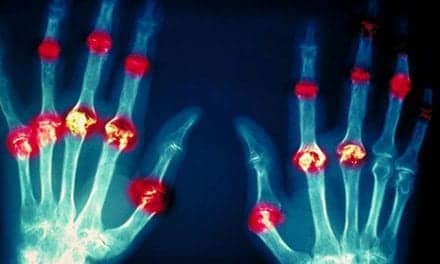Research presented at World Congress on Osteoporosis, Osteoarthritis and Musculoskeletal Diseases shows an osteoporosis screening strategy using FRAX can be a cost-effective pre-screening tool if screening and medication adherence are optimized. FRAX (WHO Fracture Risk Assessment Tool) is an algorithm to determine 10-year fracture risk based on a person’s risk factors. Researchers from the University of Maastricht and the University of Liège evaluated the cost effectiveness of an osteoporosis screening campaign in the Province of Liège.
According to a news release from the International Osteoporosis Foundation, the screening/treatment strategy consisted of pre-screening using FRAX, which was followed up by a bone densitometry for patients with a positive FRAX result and combined with a 5-year branded alendronate therapy for women diagnosed with osteoporosis. A previously validated microsimulation model was used to estimate the incremental cost-effectiveness ratio (ICER). The ICER for the screening/treatment strategy versus no intervention in the whole population (mean age=60 years) was estimated at €66,665 and €39,504 per QALY gained assuming real-world and full adherence respectively.
In addition, ICERs decreased to €55,517 and €28,520 in the population aged over 60 years. The ICER of the screening strategy decreases when improving the follow-up of a positive screening and when increasing fracture risk. Using the price of generic alendronate, the cost-effectiveness improved to €50,880 and €32,293 assuming real-world and full adherence, respectively, as noted on the foundation news release.
Overall, the authors concluded that the osteoporosis screening strategy is cost-effective if the follow-up of the screening and medication adherence are optimized, as indicated on the International Osteoporosis Foundation news release. As such, bone mineral density (BMD) should be performed in all individuals with positive FRAX score, and persons having a positive BMD diagnosis should be treated and adherence to therapy should be optimized.
Source: International Osteoporosis Foundation





